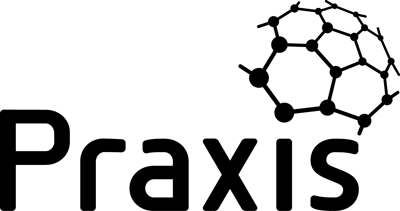John Adair developed his leadership model while a lecturer at the Sandhurst Military Academy in the UK. He was one of the first proponents of the idea that leadership can be trained and developed rather than being a purely innate ability in ‘born leaders’.
Adair1 identified three overlapping areas of core responsibility: task, team and individual. He called the balancing of these three elements, ‘Action Centred Leadership’.

- Task
- The task is the job in hand. The P3 manager needs to define what that is, how it is to be achieved and control the work as it proceeds. Over-emphasis on the task leads to autocracy and a demotivated team. Typical characteristics of this are a belief that the end justifies the means but with no innovation or team identity.
- Individual
- The individual will come to the team with his, or her, own needs and ambitions. If the needs of the individual can be achieved in conjunction with the needs of the task, the team as a whole will be more effective. If too much emphasis is placed on the individual anarchy can result. Lack of consistency arises as greater emphasis is placed on the individuals’ priorities rather than the project. More time is spent on conflict management and communication suffers.
- Team
- The team element relates to the maintenance of the team, ensuring that individuals work together to complete the task. If the leader concentrates on teamwork too much the result is a democracy. That doesn’t sound as negative as autocracy or anarchy, but it can result in poor performance. Whilst the democratic culture promotes innovation it can result in poor decision making, lack of individual development, excessive and/or unproductive meetings and poor control of the task.
Clearly, what is needed is a balance between the three. Adair describes six key functions that must be performed in order to achieve this balance. Although he was focusing on teams of all types it is no coincidence that in every case there is a match to P3 management techniques.

- Planning
- Planning involves seeking all available information, defining the group task, purpose or goal and developing a workable plan. In P3 management terms this is not only about planning delivery in the identification process and definition process but also about planning governance as performed in the planning step of each functional procedure.
- Initiating
- Initiating involves communicating objectives, explaining the business case, allocating responsibilities and setting team standards.
- Controlling
- Controlling requires the promotion and maintenance of teamwork, influencing tempo, ensuring actions are taken towards objectives (delegation and control), and encouraging the team to act and make decisions.
- Supporting
- This includes recognising people and their contributions, encouraging the team and individuals members, providing discipline where necessary, creating team spirit and managing conflict.
- Informing
- Informing comprises regular clarification of the objectives and plan, giving new information, receiving information, summarising suggestions and ideas clearly. Related P3 management skills include planning, information management, communication and stakeholder management.
- Evaluating
- This includes checking feasibility of an idea (business case), testing the consequences of a proposed solution (solutions development) and helping the team to evaluate its own performance.
The first three functions (planning, initiating and controlling) are more transactional in their nature and the focus is more on the task. The second three (supporting, informing and evaluating) are more transformational with a focus on relationships with the team and individual.
- Adair J, (revised 2009), Effective Team Building, Pan MacMillan





